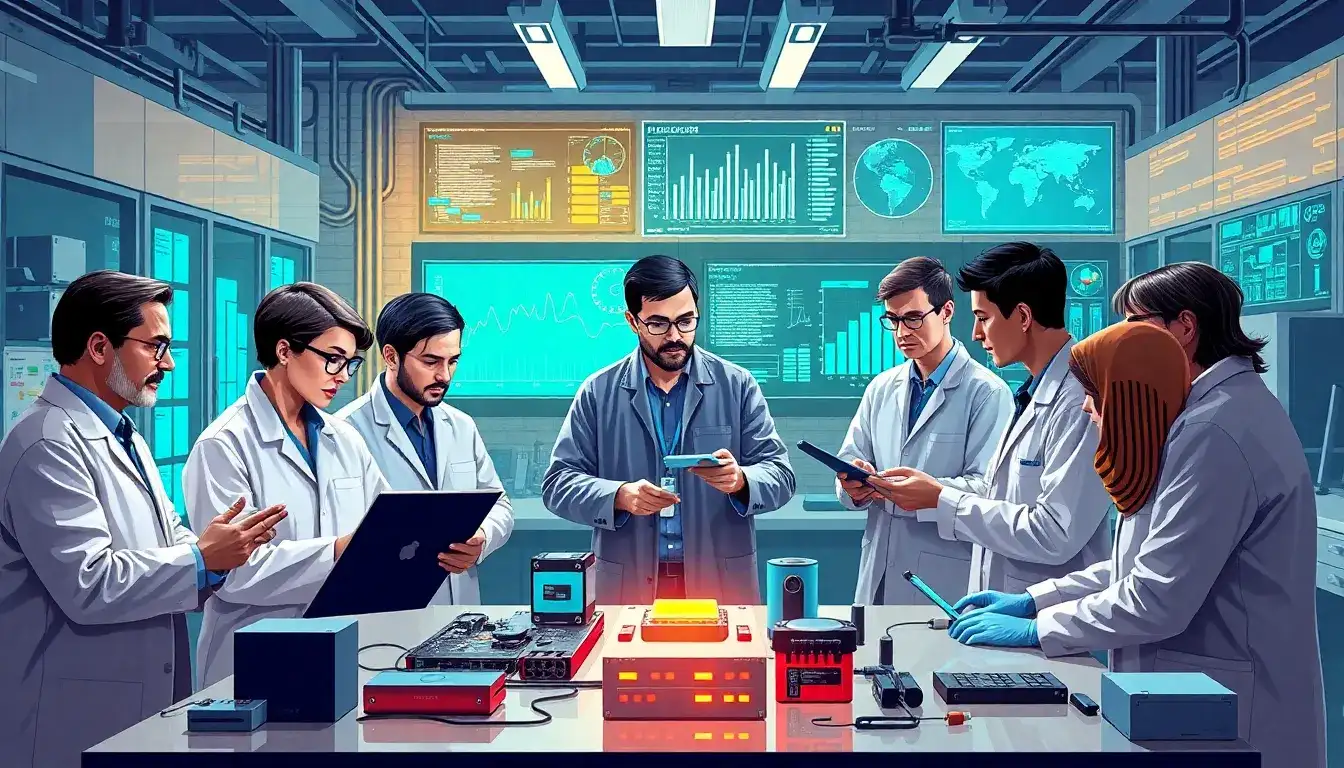
On February 17, the Ministry of Industry and Information Technology, along with eight other departments, released the “Action Plan for the High-Quality Development of the New Energy Storage Manufacturing Industry.” The plan emphasizes the need to accelerate the iteration and upgrade of mature technologies such as lithium batteries, while also promoting engineering and application technologies for supercapacitors and sodium batteries, and developing long-duration energy storage technologies like compressed air.
The plan sets the goal for 2027 to highlight China’s international competitive advantage in the entire supply chain of the new energy storage manufacturing industry. It aims to further strengthen the competitiveness of leading enterprises, enhance industrial innovation capabilities, and achieve high-end, intelligent, and green development. The scale of the new energy storage manufacturing industry will be matched with downstream demand, fostering 3 to 5 ecosystem-driven enterprises.
A concentrated industrial player landscape and regional clustering pattern will be established, continuously improving industrial clusters and ecosystems. The resilience of the supply chain will be significantly enhanced, and the standard system and market mechanisms will be more robust.
The proposal outlines the need to accelerate the diversified development of new energy storage technologies tailored to meet various time scales and application scenarios. It calls for improvements in the safety, economic feasibility, and energy conversion efficiency of new energy storage products and technologies. Support for disruptive technological innovations is also crucial to enhance the supply capacity of high-end products.
In addition to lithium batteries, the plan promotes the engineering and application of supercapacitors, lead-carbon batteries, sodium batteries, and flow batteries, while emphasizing the development of long-duration energy storage technologies like compressed air, to improve their technical economics and energy conversion efficiency.
The strategy also includes a proactive layout for ultra-long-duration energy storage technologies such as hydrogen storage, encouraging the development of various hybrid energy storage technologies based on application needs. This includes foundational research on new system batteries, intelligent batteries, thermal storage, and new physical energy storage technologies.
Furthermore, the proposal highlights the importance of enhancing capacity monitoring and early warning systems for lithium batteries to prevent blind investments and disorderly development risks. It calls for strategic research on the development of the new energy storage manufacturing industry, guiding enterprises to align with regional industrial foundations and market demands to set reasonable development goals.
The plan also encourages the concentration of energy storage battery and key material companies in areas rich in renewable energy, abundant mineral resources, convenient transportation, well-developed infrastructure, and diverse application scenarios. Regions such as the Yangtze River Delta, Beijing-Tianjin-Hebei, the Guangdong-Hong Kong-Macao Greater Bay Area, the Chengdu-Chongqing area, and the Hohhot-Baotou-Erdos region are encouraged to focus on the new energy storage field, fostering advanced manufacturing clusters and accelerating the establishment of a strategically led, innovation-driven industrial development framework.
The proposal emphasizes the need for a scientific and orderly expansion of effective demand, aligning with the development trends of the new power system and considering factors such as new energy consumption and the safety and economic rationality of the power system. It aims to systematically determine the demand for new energy storage and promote a development model that efficiently links demand and supply.
The plan also encourages strengthening cooperation between upstream and downstream enterprises along the industrial chain, fostering a collaborative mechanism for mutual development, and actively driving innovation in business models. It guides each region to scientifically and orderly lay out new energy storage manufacturing projects, relying on research institutions to monitor industry operations and prevent redundant low-level construction.
Moreover, the proposal calls for increased support for the exploration of domestic mineral resources such as lithium, cobalt, and nickel, and for a scientific and orderly issuance of mining rights to enhance domestic resource security. Domestic enterprises are encouraged to diversify, coordinate, and lay out overseas resource projects collaboratively to lower resource development and transportation costs.
Under the premise of risk prevention, the plan supports enterprises in strengthening foreign investment cooperation to enhance overseas mineral development capacity. It encourages production companies to manage the entire product lifecycle effectively, strengthen green design, and improve the recyclability and usability of products. It also supports the use of recycled materials as long as product performance requirements are satisfied.
The proposal encourages strong collaboration between upstream and downstream enterprises in the new energy storage industry chain, fostering an industrial cluster that leverages leading enterprises, focused efforts, hierarchical collaboration, and interactive chain dynamics. It aims to cultivate a group of leading ecosystem-driven enterprises with significant traction and cluster effects.
In conclusion, the goal is to develop specialized and innovative “little giants,” single champions in manufacturing, and high-tech enterprises, constructing green factories and green supply chain management companies while guiding key enterprises to strengthen differentiation and specialization in their offerings.
These contents are provided for informational purposes and investor education, and do not constitute recommendations for specific stocks or investment methods.
For more detailed information, please refer to the risk disclaimer. This page has been translated using machine translation. Moomoo strives to improve the accuracy and reliability of translations but does not guarantee it and is not responsible for any losses or damages arising from translation inaccuracies or omissions.
Original article by NenPower, If reposted, please credit the source: https://nenpower.com/blog/eight-departments-accelerate-upgrades-of-mature-technologies-like-lithium-batteries-and-foster-innovative-tech-development/


